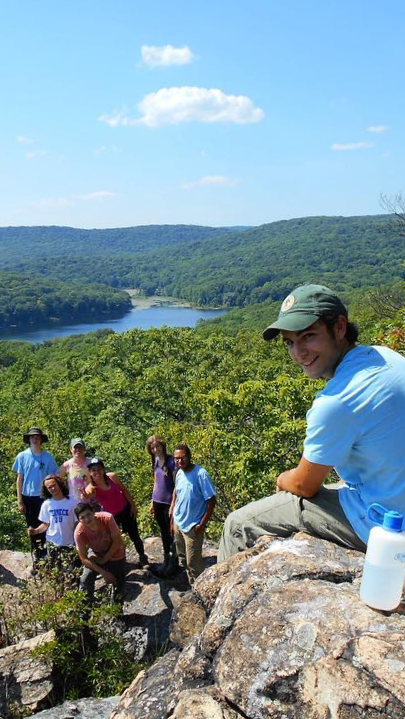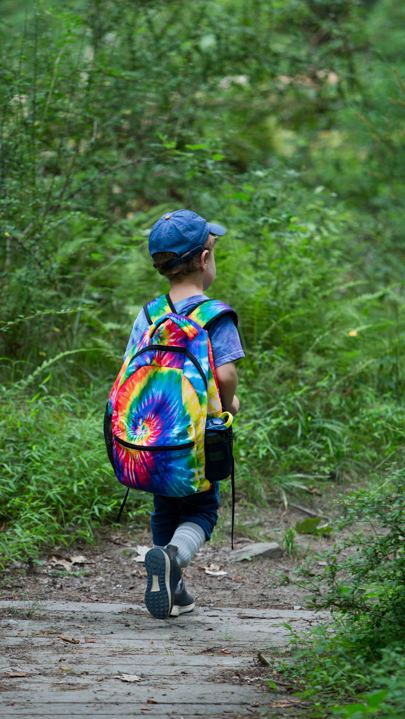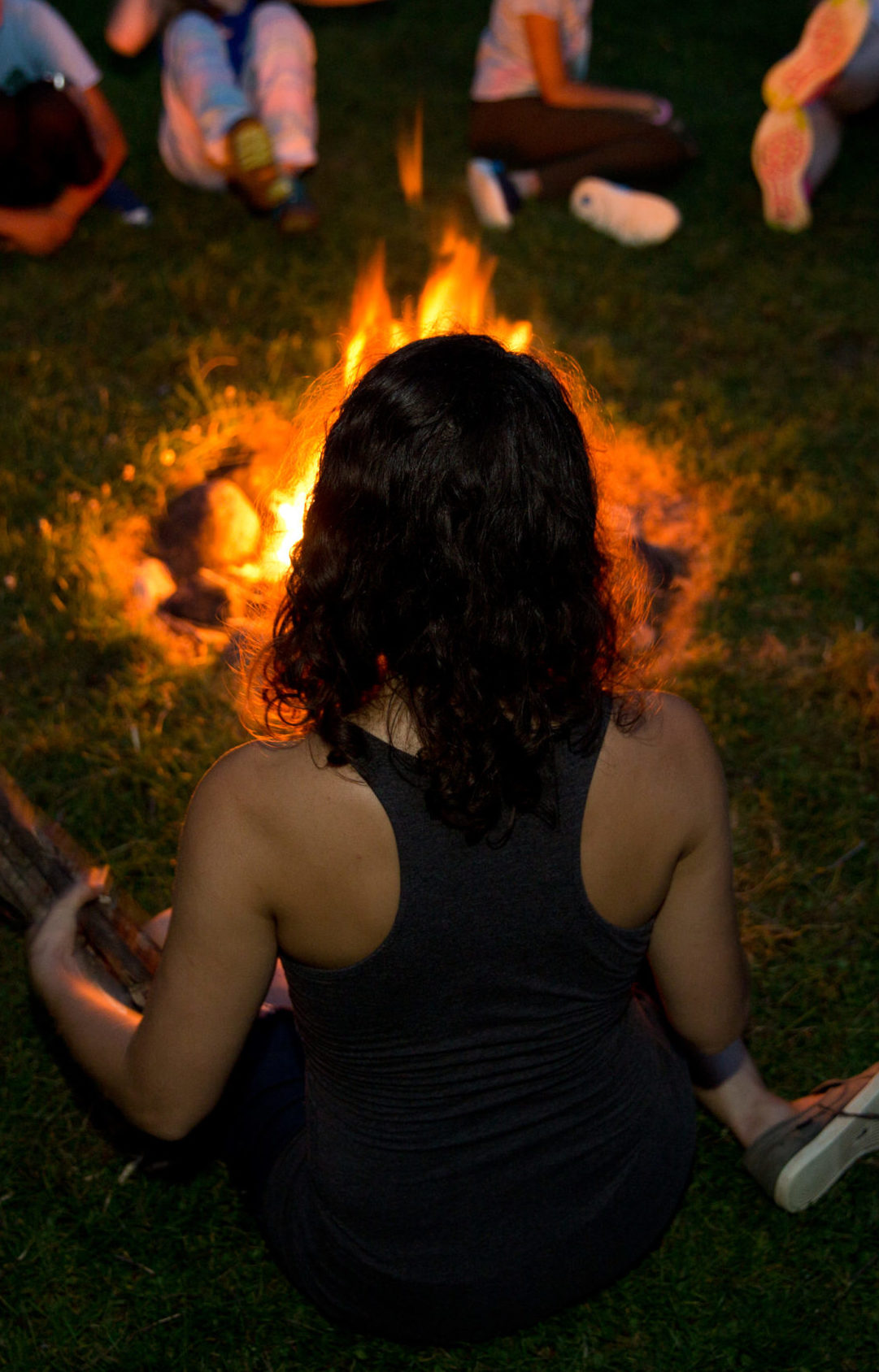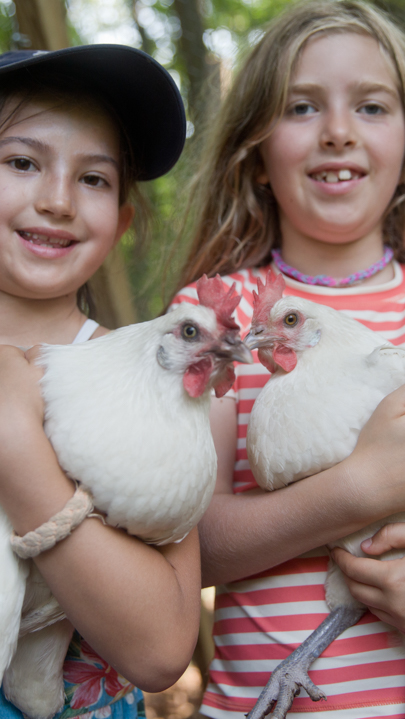Ed’s Corner
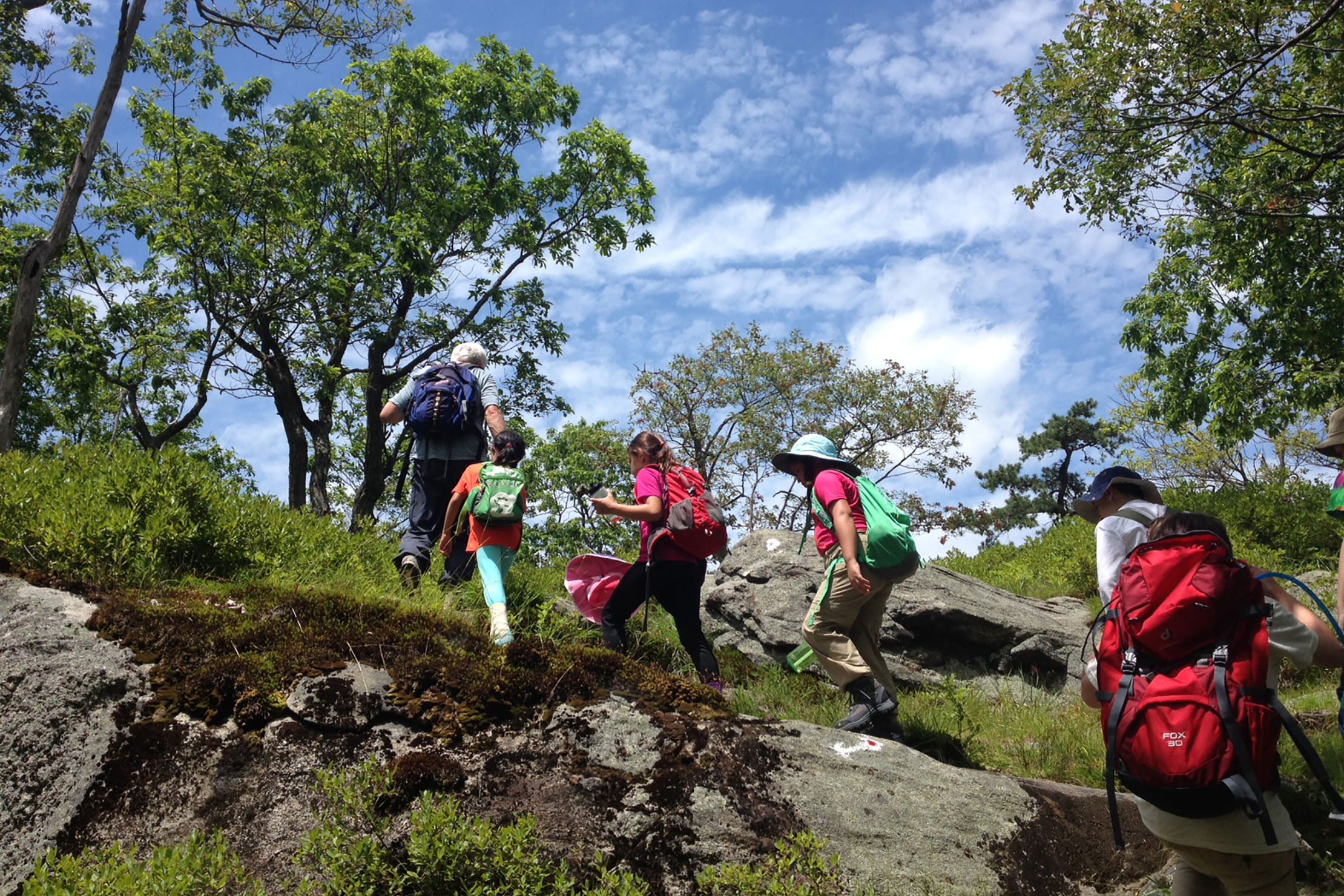
Bang! Clunk!
When I hear these sporadic and loud sounds on my outside deck I know, 1. that the oak trees are beginning to drop their acorns, and, 2. It’s time to get the apple press out because the apples are ready now just as the acorns are. The apple and the acorn are both fruits, that is, they developed from flowers and contain a seed or seeds that can grow into new trees. But it’s the fruit from the apple tree that I will seek – the apple.
As I lug the press out of storage in the barn it feels good that cider making marks for me the changing seasons and allows me to connect with and participate in the year’s movement. I want to be more than a bystander as the earth revolves around the sun. I feel as if it is a celebration of sorts, a ritual, an anchor to fall, something dependable that also ties me to the past. Why do I do it? Because a year of seasons has passed and now its fall, again, and time for cidering.
And the cider is delicious! I like to use a variety of apples and press them all together. The amber liquid that gushes from the bottom of the press into our waiting pot seems happy to have been released from it’s former apple homes. Do you know that if you sip your cider slowly you’ll be able to taste fall, winter, spring and summer, for it takes 4 seasons to make an apple. You might even taste the rain from the storm that fell on the orchard last July.
This amber liquid is called apple cider. If I filter this cider then it is called apple juice. You can think of cider as apple juice with the pulp.
There are many stories and sayings about apples: the tempting fruit in the Garden of Eden; the fruit that conked Sir Issac Newton on the head and started him thinking seriously about gravity; the poisoned one that caused Snow White to take a long chill until a handsome prince came along; ‘an apple a day keeps the doctor away’ (you know, this could be much cheaper than the current Obama plan.)
And there was, of course, Johnny Appleseed. Supposedly, according to legend, he was friends and talked with the wild animals; wore no shoes; wore a pot on his head; preached the good words of the Bible to whomever would listen. He walked and walked all around the mid-west, handing out apple seeds and trees. The Native Americans were known to be kind to him, and to leave him alone. They stayed clear of people who seemed a little ‘off’. I’m not saying that he was, but …
We will learn about Johnny and apples and cidering during our apple cider pressing programs we have scheduled this fall. You’ll even get a chance to meet Johnny!
I hope to see you at one of our upcoming events.
Here’s a bushel of nifty apple information:
- The early Native Americans had only crab apple trees to pick from, the apples probably being small, hard and not sweet.
- European settlers, as early as 1630, brought seeds and small trees to this country that provided the first sweet, juicy, flavorful apples we know today.
- So, when we say “As American as apple pie”, there is really, in the bigger picture, not a long history to that statement. We could say instead, “As American as maple sugar and syrup”, for the Native Americans were making maple sugar well before the first Europeans set foot on the continent.
- Those first European apple trees were probably not too productive for there were no honeybees in this country to serve as pollinators. Later immigrants brought over with them the first honeybees.
- The Native Americans called these first honeybees ‘English flies’.
- In colonial times apples were known as ‘winter bananas’ and ‘melt-in-the-mouth’.
- There are over 10,000 kinds of apples in the world.
- The birthplace of the modern apple is Kazakhstan in Central Asia.
- Charred apple remains were found in a stone-age village in Switzerland.
- In 1796 a farmer in Ontario, while walking the “back 40” of his property, came upon a kind of apple tree he had not seen before. He decided, because the apples had such a special flavor, to propagate the tree and to plant more. His name – John McIntosh.
- Each year, China grows half or more of the world’s apples. The U.S. is second.
- In the U.S. Washington State grows most (60%) of our country’s apples.
- Apple ‘cider’ is what we call the juice that comes directly from pressing the apples, without doing anything to it. Apple ‘juice’ is that same juice, only filtered.
- ‘Hard’ cider is cider that has been fermented and contains alcohol.
- The most common drink during colonial times was one that was plentiful and could keep/not spoil: hard cider – morning, noon and night, adults and children!

